We all know them on sight. Fluffy with flat little faces that millions of cat lovers worldwide cannot resist. That’s right, we’re talking about Persian cats!

My daughter getting to hold her first Persian kitty at the 2019 Houston Cat Club Charity Cat Show
I’ve never owned a Persian cat, but I’ve had the opportunity to meet a few in my lifetime. I’ve always thought they were eloquent little beings of furry purrfection. As sweet as they are soft, these docile kitties are high-maintenance in terms of upkeep, but with the amount of love and affection they provide, their owners do not seem to mind one bit.
Check out this purrfect collection of fun facts about Persian cats…

They Are One Of The Oldest Cat Breeds In Existence
Although Persian cats have been around since, you guessed it, the time when the land once known as “Persia” was Persia, these cats have been bred to have a short face, snub nose, round head, chubby cheeks with a body that is short in stature. Over time, these characteristics have become more pronounced. The Persian cats we know today do not have specific origins, but their lineage dates back to the 1600’s.
Want to know a fun little fact you likely didn’t know about Persian cats? Until the late 19th century, any longhaired cat from Turkey, Persia and Afghanistan were simply referred to as “Asiatic” cats and were often bred together.

Beloved By Many, Including Historical Figures Throughout History
These luxurious cats routinely top the list of favorite cat breeds in the US and UK. The founder of modern nursing, Florence Nightingale, owned up to 60 Persian cats during her lifetime–even taking in 17 at one time! It’s been rumored that a large Persian cat by the name of Bismarck was her purrferred favorite among her clowder of cats.
Screen legend Marilyn Monroe was a lover of Persian cats, and she kept a white one for years named Mitsou. Author Raymond Chandler read his first drafts to his black Persian cat named Taki, who he felt was his always toughest critic.
Homemaker mogul Martha Stewart is an avid fan of the breed, and even has a section on her website dedicated specifically to her beloved feline friends. Check out this video below where you discusses specific care tips for these prissy pusses of the cat world:
What Pretty Colors You Have!
Although Fancy Feast advertising has tricked our minds into thinking that Persian cats are a silvery white, such is not the case in actually. Persian cats come in a wide variety of coat patterns and colors. Some of which include: tortoiseshell, tuxedo, calico, solid, and even tabby patterns.
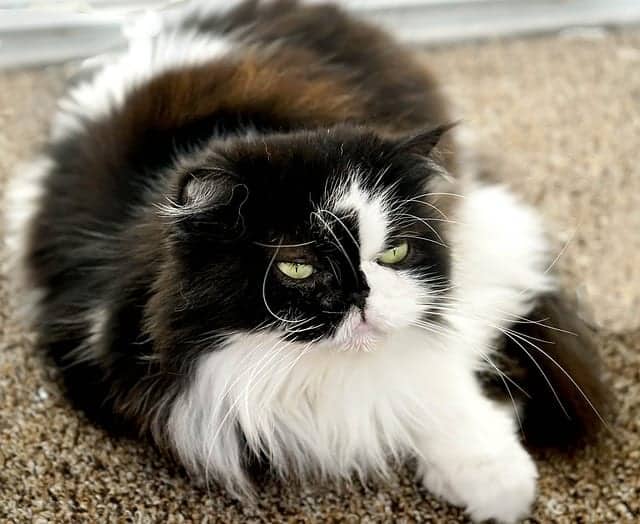
One of the most popular varieties of the Persian cat breed comes in the form of the Himalayan. According to the Cat Fanciers’ Association, “the Himalayan is shown in the following point colors: chocolate, seal, lilac, blue, red, cream tortie, blue-cream, chocolate-tortie, lilac-cream, seal lynx, blue lynx, red lynx, cream lynx, tortie lynx, blue-cream lynx, chocolate lynx, lilac lynx, chocolate-tortie lynx and lilac-cream lynx. Color is restricted to the facial mask and extremities with the body of various shades of white to fawn.”
Those Flat Little Faces Weren’t Always So Flat
While many Persian cat lovers have come to adore this fluffy cat breed, their appearance differs greatly from the way Persian cats were originally bred. Apparently a genetic mutation that occurred in the 1950’s resulted in a batch of kittens that were born with the flat brachycephalic (AKA shortened head) feature. Breeders preferred the look of these kittens and chose to use means of selective breed to achieve this look in future litters of Persian cats.
Persian, Himalayan, and Burmese cats are the most well-recognized brachycephalic breeds of cats, and the face that many love comes with health concerns. As it turns out, Brachycephalic airway syndrome can cause difficulty breathing in cats (or dogs, like Pugs, for example) who have shortened air passageways.
According to VCAHospitals.com, “the upper airway abnormalities that occur in this syndrome may include stenotic nares, an elongated soft palate, a hypoplastic trachea, and everted laryngeal saccules.”
Therefore, the cats that are defined as “traditional” or “doll-face”, have pointier features. These Persian cats are much more similar in appearance to their ancestors. And ultimately healthier!
Fun Himalayan cat fact: They’ve been labeled as Persian cats in a Siamese cat costume.
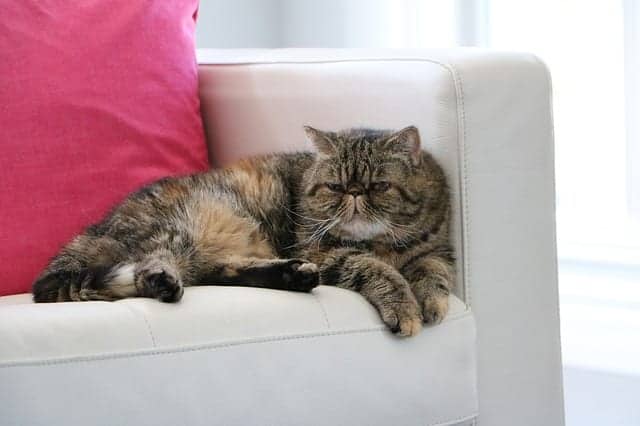
Feel like you’ve seen a short-haired version of a Persian cat before? That’s because you probably have!
The Exotic Shorthair is known in the cat world as the short-haired version of a traditional Persian cat. But unlike the ancient Persian cat breed, the Exotic Shorthair has only been around for about 50 years.
There’s A Celebrity Persian Cat Who Is “Hairy, Not Scary” And Totally Adorbs!
If you’ve never seen Atchoum, you’re in for a treat. This adopted Persian cat out of Quebec is a sight to behold. His human servant learned something shocking about him shortly after bringing him home. Her new addition had a very rare congenital condition called hypertrichosis.
Hypertrichosis is also more commonly known as “werewolf syndrome”. *Note, this is NOT the same “werewolf” gene as the Lykoi cat.
Because of this condition though, his hair and nails continually grow. So it’s a very good thing that his human is a licensed pet groomer!
After sharing some of Atchoum’s images online, his fan base grew quickly. It’s certainly easy to see why…he’s so darn cute! If you’d like to keep up with this adorable little wizard of a cat, follow him on Instagram or Facebook.
Fun Persian cat behavior fact: Your counters and curtains are safe, as these eloquent little beings purrfer not to jump or climb. So well-mannered!

Think Persian Cats Look Familiar To Turkish Angora Cats? This Is Why!
There’s another breed of fluffy feline that arrived in Europe from the Mediterranean in the 1500’s. The ballerina-esque Turkish Van is a lovely white feline with a soft luxurious coat and lithe body frame. Over the years, the two cat breeds were crossbred to improve upon the Persian cats’ coat. But because of this, the Turkish Van nearly became extinct. Thankfully, the people of Turkey set up a breeding program for the dwindling cat breed with the country’s namesake. Their goal is to help keep these cats in existence.
The two cat breeds share similarities. But there ARE differences between the which can be easily detected by the untrained eye. Persians have a stockier build, larger head, longer coat, and saucer eyes. Whereas the Turkish Angora has a slender frame, pointier ears, and a plume-like tail.
Got any more purrfect facts to share with us about Persian cats? Leave a comment for us!
REMEMBER: ADOPT, DON’T SHOP; FOSTERING SAVES LIVES & SPAY AND NEUTER!
Related Story: 24 Neglected Persian Cats Rescued from Backyard Breeder; Saved from Infections & Covered In Matted Hair!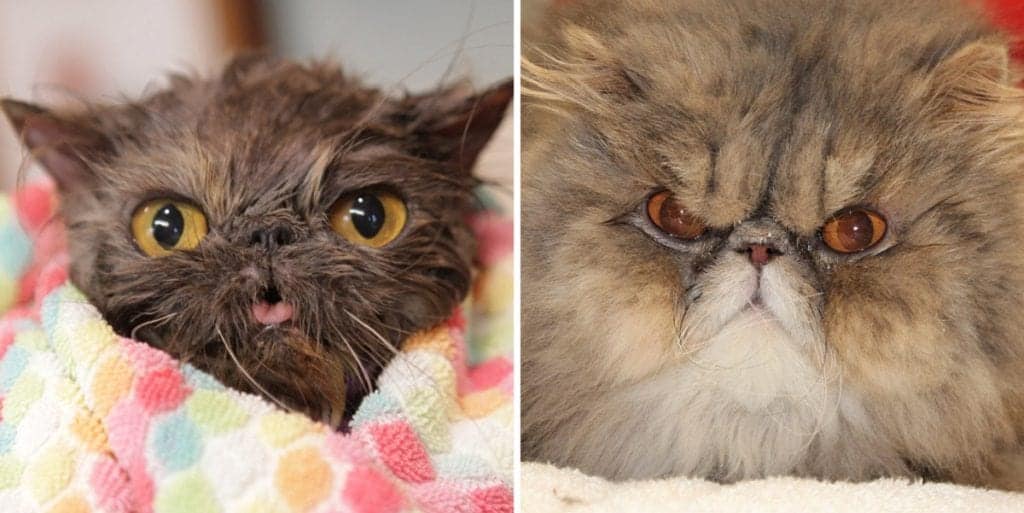 Related Story: (With Updates) Sinbad the Survivor: Cat Found With 5 Pounds Of Matted Fur
Related Story: (With Updates) Sinbad the Survivor: Cat Found With 5 Pounds Of Matted Fur






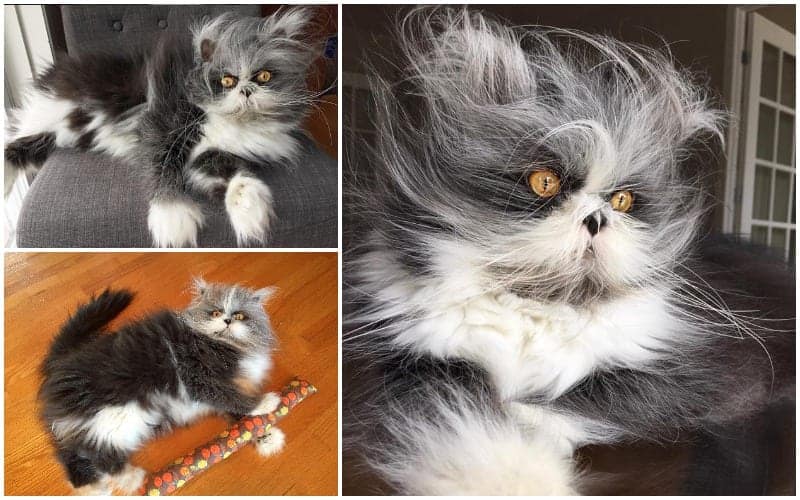

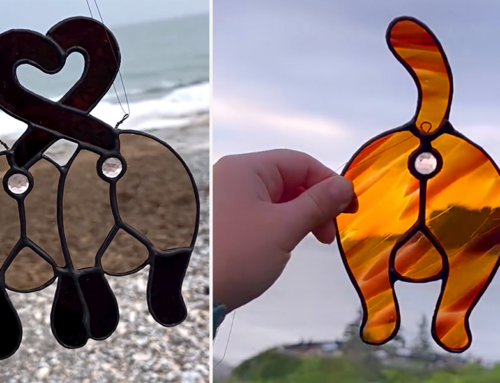
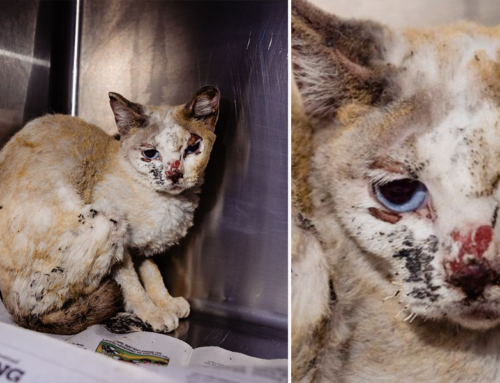
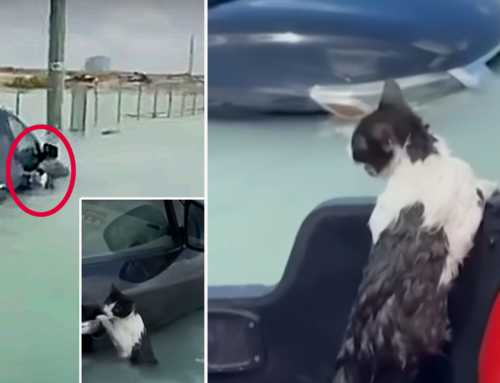
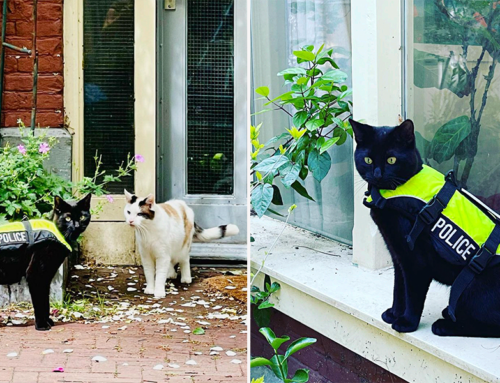
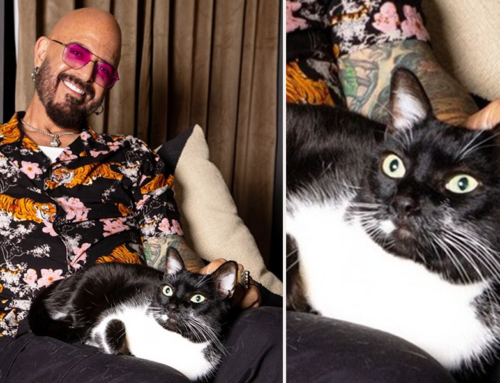

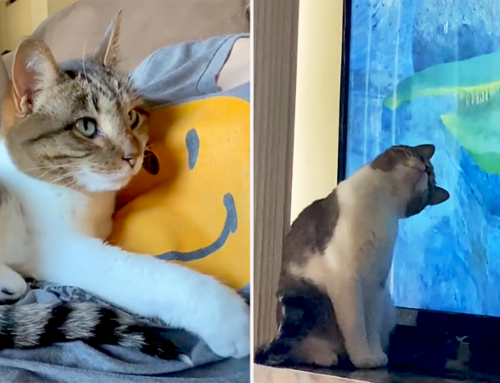
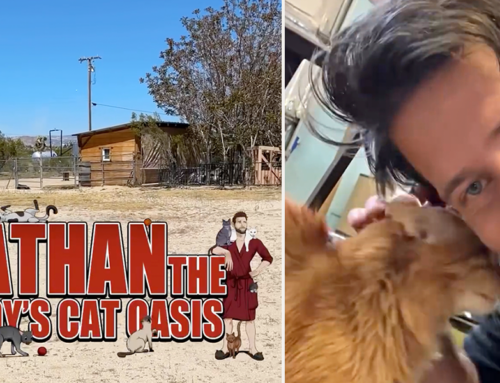


I love that you said that Persian cats don’t like to climb at all. Maybe I could get a teacup kitten if there’s one for sale since my daughter needs to have a pet at home. I’ve heard that people who are exposed to animals early on in their lives have fewer chances of getting allergic to them, so this might be a really handy benefit that she can get for having a house pet around.